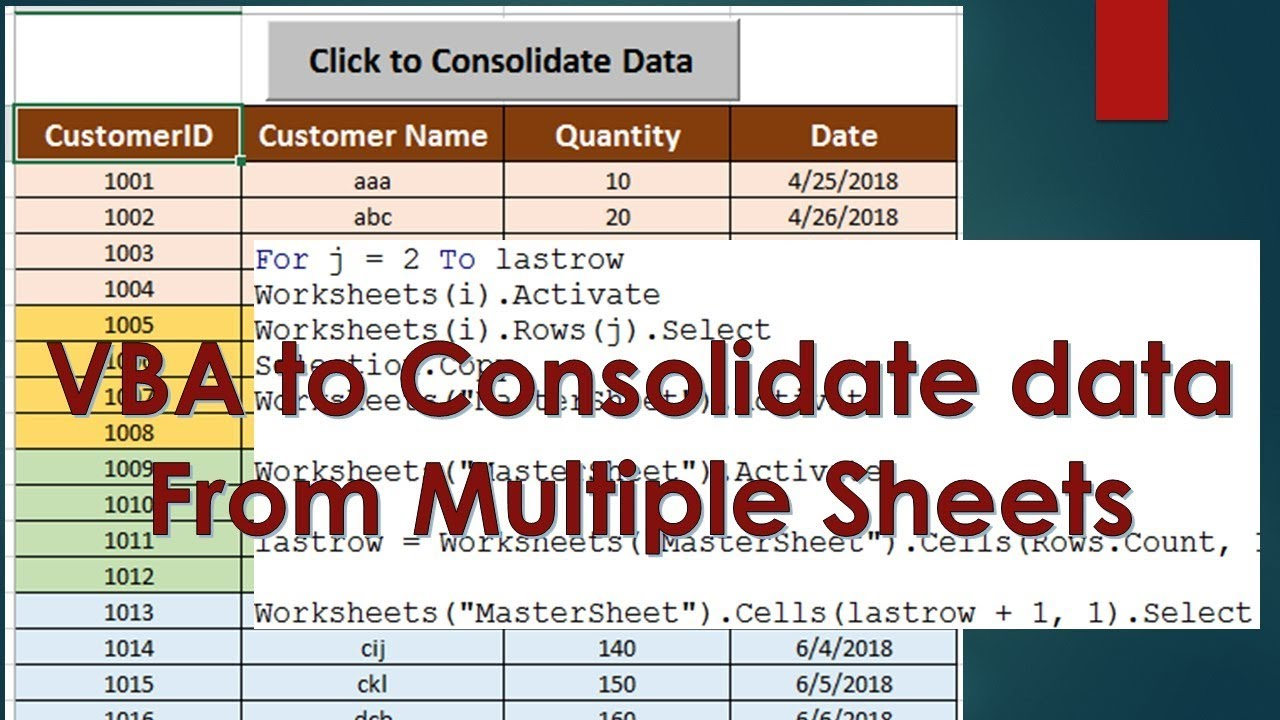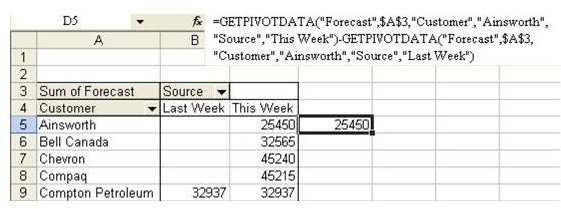
Organize your source dataīefore creating a summary report, organize your data into rows and columns, and then convert your data range in to an Excel Table. In fact, you can build your own summary table in just a couple of minutes. But this is not true! Microsoft has been refining the technology for many years, and in the modern versions of Excel, the summary reports are user-friendly are incredibly fast. Many people think that creating a pivot table is burdensome and time-consuming.
#Excel for mac pivot table from multiple sheets how to
How to make a pivot table in Excel: quick start And the steps below show how you can quickly create your own pivot table in all versions of Excel. The screenshots above demonstrate just a few of many possible layouts. In just a few mouse clicks, you can get a resilient and easily customizable summary table that totals the numbers by any field you want. However, if you want to compare several facts about each figure, using a pivot table is a far more efficient way. One possible way to sum this long list of numbers by one or several conditions is to use formulas as demonstrated in SUMIF and SUMIFS tutorials. Present concise and attractive online of your data or printed reports.įor example, you may have hundreds of entries in your worksheet with sales figures of local resellers:.Expand or collapse the levels of data and drill down to see the details behind any total.Subtotal and aggregate numeric data in the spreadsheet.Rotate rows to columns or columns to rows (which is called "pivoting") to view different summaries of the source data.Filter, group, sort and conditionally format different subsets of data so that you can focus on the most relevant information.Summarize data by categories and subcategories.



If you are working with large data sets in Excel, pivot table comes in really handy as a quick way to make an interactive summary from many records. In this tutorial you will learn what a PivotTable is, find a number of examples showing how to create and use pivot tables in Excel 2019, 2016, 2013, 20.


 0 kommentar(er)
0 kommentar(er)
